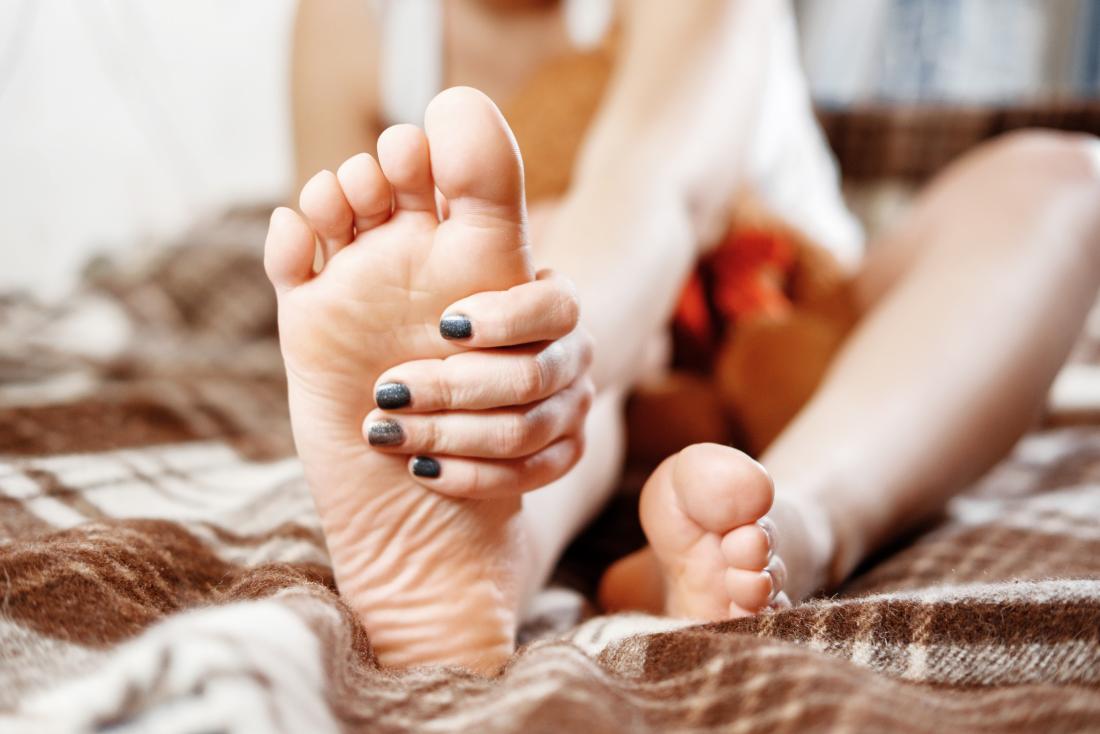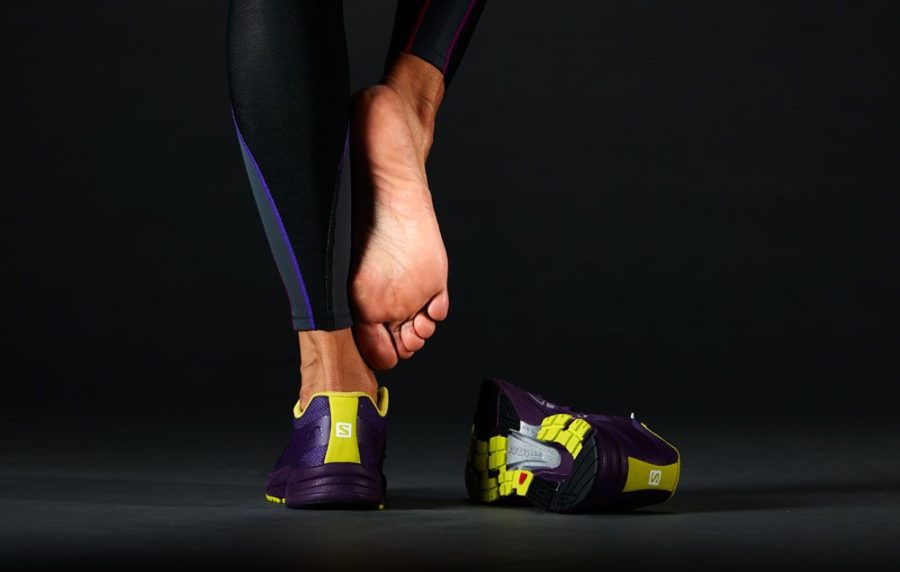The causes are numerous, so beat the spasms before they strike.
“No matter where the cramp is forming, they are always a pain.…”
The following written content by Susan Paul

Foot care is essential for runners, and one common nuisance many of us face is foot cramps either during or after runs. Sometimes it involves the arch of our feet or our toes.
When it does cross your path, you’re probably wondering, What exactly is a foot cramp? We’ve been there, and that’s why we compiled a list a of common causes, treatments, and prevention tips for you so you can tackle the problem head on.
Here’s what you need to know.
What causes foot cramps?

Historically, cramping has been thought to be because of dehydration and/or an imbalance of electrolytes. Today, the current thinking on the cause is believed to be more because of muscle fatigue.
When the muscle fatigues, a failure in the communication process between the brain and the muscle occurs, resulting in the muscle contracting, but not relaxing afterward, leaving you with a muscle cramp.
Muscle fatigue can be caused by many factors like dehydration, overtraining, or lack of circulation because of your shoes.
In case of cramps caused by dehydration
To rule out hydration and electrolyte issues, simply increase your hydration and add some electrolytes. Proper hydration and electrolytes provide nourishment for hard working muscles and it’s easy to adjust your intake to rule this factor out.
In case of cramps caused by overtraining
Next on the list of possible fatigue factors would be training and mileage. Are you doing too much, too soon? Have you increased your mileage or added speedwork recently? If so, try cutting back your weekly mileage volume by one-third for a couple of weeks and rebuild gradually. Follow the general rule of increasing weekly mileage volume by no more than 10 percent a week.
In case of cramps caused by lack of circulation
Another factor that can contribute to muscle fatigue is your shoes—both your running shoes and your day-to-day shoes. Be certain your shoes are not limiting your circulation in any way. For your running shoes, obtain a shoe that’s fitted by your local running store to be sure you are in the right for you. (Here’s what you should look for with running shoes.)
Replace your running shoes often, usually between 350 to 500 miles. For your dress shoes, be sure the shoe and the toe box are wide enough to accommodate your foot. Your shoe should also provide adequate arch support and be of an appropriate heel height for you. (This can mean placing comfort and function over vanity, sorry!)
Improving circulation, or blood flow, is of great importance when dealing with muscle cramps. Circulation provides nutrition and oxygen to working muscles while also carrying away waste products. Improve your circulation by stretching after your runs, especially target your calves and feet. (Try these 5 Quick Stretches When Crunched for Time.)
Other ways to treat foot cramps
Massage can also be very helpful by loosening tight muscles and removing adhesions between muscles and fascia for better blood flow. Read more from Runner’s World.





